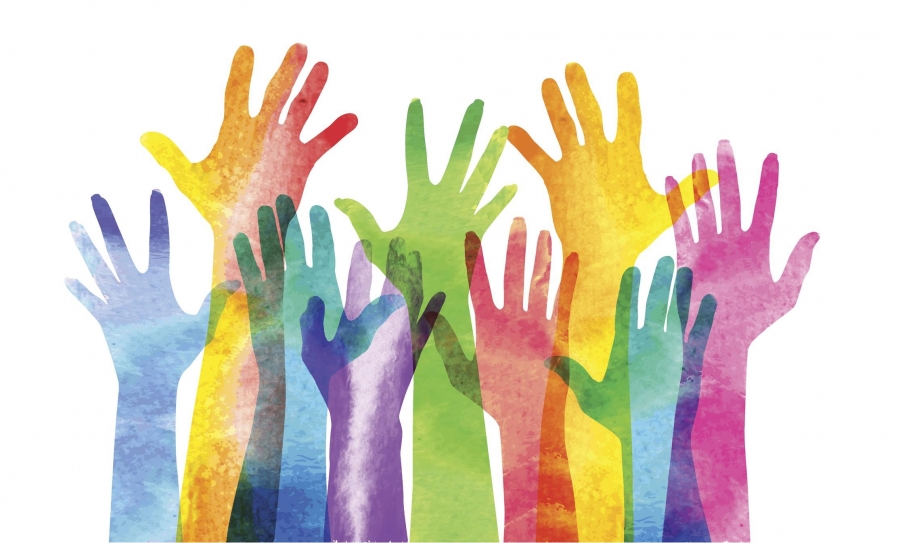
Warning: count(): Parameter must be an array or an object that implements Countable in /home/hsenjqhr/public_html/templates/linstar/html/com_k2/templates/Blog Classic/item.php on line 73
The art of thinking independently together
Diversity. What does this actually mean?
Let us take a moment and imagine a scenario where every one you meet, shares the same viewpoints, opinions, and perspectives as you. Sure there is nothing wrong with associating likeminded people but how far can it go? Until it starts feeling mundane.
Even in a business perspective, managing employees that share the same mindset can be wonderful for some! However, this is going to limit individuality and learning. Dealing with individuals that share the same vision as you is terrific but dealing with individuals sharing the same vision and wanting to achieve that vision in diverse ways is even greater!
Workforce diversity is crucial in encouraging creativity and innovation within an organisation. Moreover, it has been tested that executive teams in companies consisting of gender diverse workforce have a 21% chance of experiencing above average profitability.
In the present business landscape, companies that advocate diversity in workforces come off more appealing to the millennial population, prompting these young talents to be a part of the organisation. Still not sure? Keep reading.
According to research conducted by Delloitte which focused on millennials, results showed that almost 69% of workers in senior management teams that consist of diverse individuals view their workplace as a motivating and engaging setting. Ultimately this leads to higher retention of the workforce. Furthermore, organisations developing HR systems and software can obtain the input of different individuals from diverse cultural backgrounds and locations to identify better ways of penetrating those specific geographical markets since requirements pertaining to technological aspects, user interface, and quality standards may vary from one country to another.
Diversity & inclusion when it comes to personnel also offers a competitive advantage for the company. How? When HR managers recruit diverse individuals with different ethnicities, or backgrounds. It will allow the workforce to enhance the overall customer journey. Not all customers will be of the same ethnicity or background. For instance, an organisation operating in the FMCG industry will deal with a variety of customers on a daily basis thus having a diverse workforce will bring in new perspectives and better understanding of customer needs.
On the contrary, diversity can spark up a few issues within the personnel if it is not handled aptly. For instance, cultural differences can lead to miscommunication or misinterpretation of a message. For example, in America, direct eye contact shows honesty and is often looked at as a valuable trait but on the other hand, most Asian and Middle Eastern countries consider direct eye contact a tad rude or disrespectful. Furthermore, different work ethics and nonverbal behavior can sometimes emerge as potential issues amongst employees as well.
On the bright side, the majority of these challenges relating to diversity can be overseen through corporate training programs and flexible company policies. All in all, forming a diverse team doesn’t only produce more solutions but it will generate valuable solutions. Therefore, HRM managers must focus on gathering a room full of people that projects diversity and not consisting of the same experiences because then chances of encountering stagnant business ideas are quite high. At the end of the day strength lies in differences and not similarities!





















